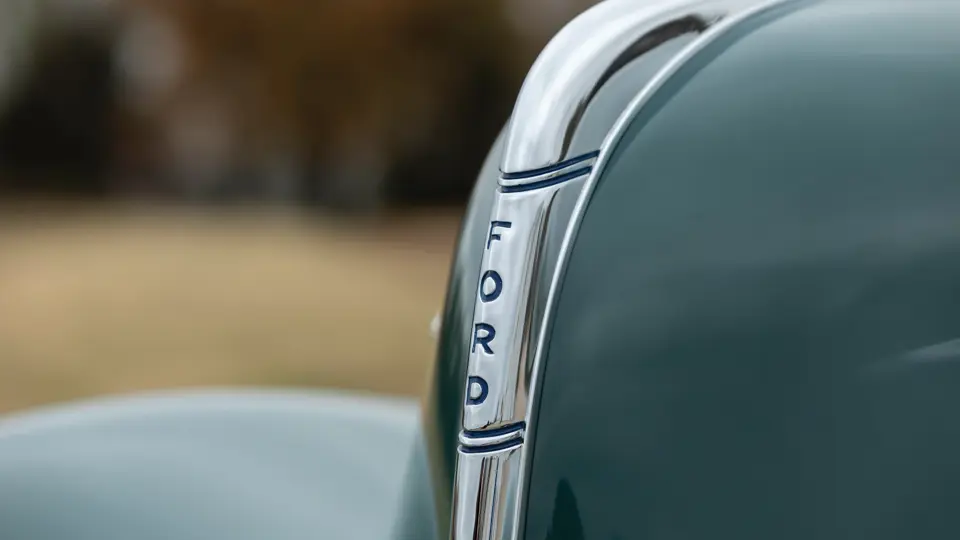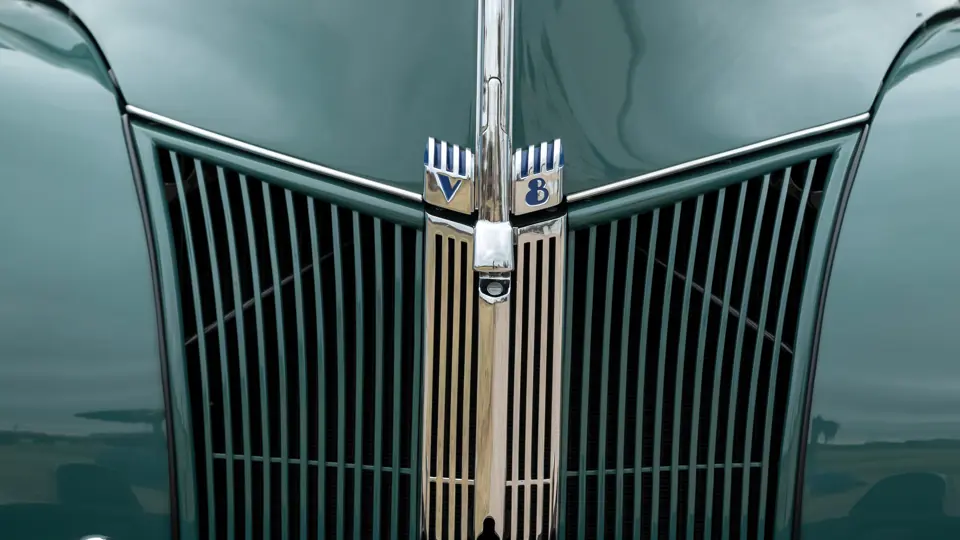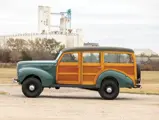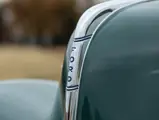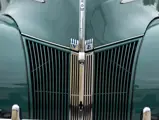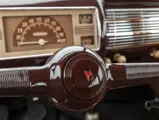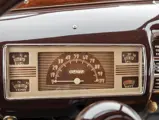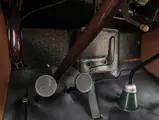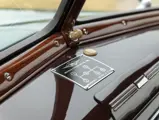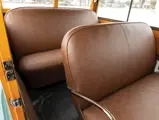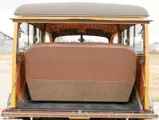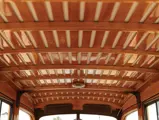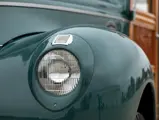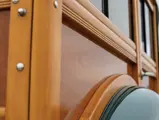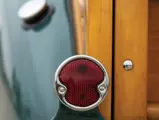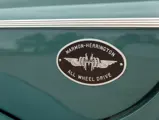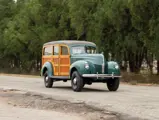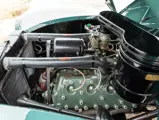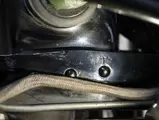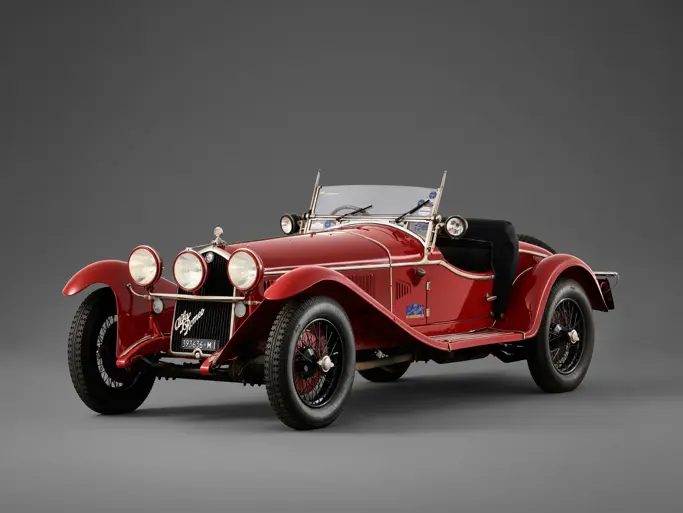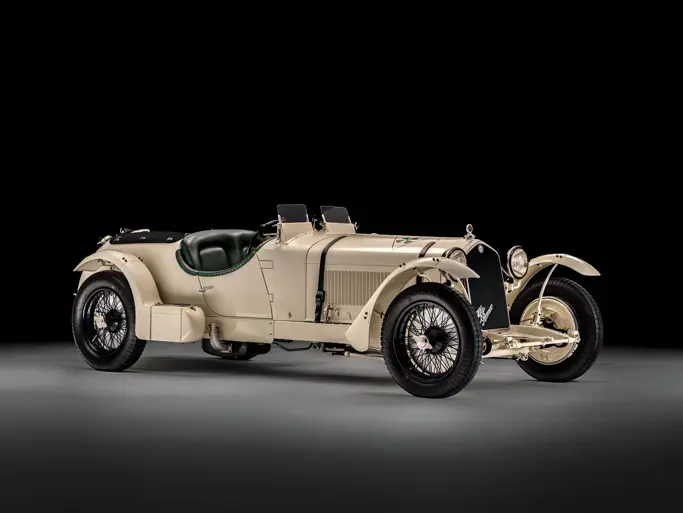The Jeep brand boasts its long history of producing all-wheel-drive sport utility vehicles. What most everyone has forgotten is that Ford offered a V-8-powered 4 × 4 wagon more than a decade earlier than the trend-setting 1949 Jeep, produced in conjunction with Marmon-Herrington.
Marmon-Herrington Incorporated was formed in Indianapolis, Indiana, in 1931 by Walter C. Marmon and Colonel Arthur W. Herrington. The two took over the old Indianapolis Duesenberg assembly plant after it shut down and began building 4 × 4 and 6 × 6 trucks for the Army. Their first civilian vehicles were converted Ford 1½-ton chassis, in 1935. The first light-duty vehicles came in 1937, and by 1939 there were some 56 different models of Marmon-Herrington Ford conversions. They were offered not only as pickups and station wagons, but also in chassis, stake truck, panel truck, coupe sedan, and sedan delivery form, with 85 hp V-8 engines.
At $1,805, ordering a Marmon-Herrington conversion more than doubled the price of a standard station wagon, with wider tires adding another $175 to $230 to that figure. This enormous cost difference limited all-wheel-drive production, and helps to explain why the Marmon-Herrington Fords are some of the rarest woodies in existence.
When a customer ordered this premium all-wheel-drive conversion, complete Fords were delivered to Marmon-Herrington’s Indianapolis plant where the factory body and powertrain were removed. A four-speed truck transmission was installed with an 11-in. clutch, and a heavy-duty transfer case was mounted behind it. This was a single-ratio unit, but from 1939 allowed on-demand engagement of the front axle. The original body was mounted on the new chassis, and the finished Marmon-Herrington wagon was delivered by the Ford dealer to the customer.
No production records are known to survive for Marmon-Herrington Fords. Since they were essentially hand-built, assembly rate was necessarily slow and the output small, even when demand surged during World War II. Marmon-Herrington aficionados report that only a dozen or so total examples of all body styles of each year are known to exist.
A 1st in Class winner at Pebble Beach, this Marmon-Herrington Ford still stuns. The body contours show no faults, and the wood finish exhibits only the slightest discoloration at joints and bolts that one would expect to find with original wood. The Cloud Mist Gray paint has a deep gloss and the varnish is fresh and fine. Some of the glass shows minor separation at the edges. The running board rubber is new. Although the 1940 model Standard Fords were designed with limited brightwork, the scant amount found on this example is in excellent condition.
The seats are correctly upholstered in new seamed brown imitation leather. Lap belts for two are installed in front. New black rubber mats line the floor, and the brown dashboard is excellently restored, as are the instruments and Standard steering wheel.
The engine is nicely and correctly detailed in Ford green, without being overdone. A heavy-duty oil-bath air cleaner is fitted to the standard carburetor. The chassis and underbody are painted gloss black, and are clean. Blackwall 8.00-15 tires are fitted all around. The matching tailgate-mounted spare is exposed, since it is too large for Ford’s metal covers. The body number dates from October 1939, with the Marmon-Herrington conversion taking place sometime thereafter.
The car was owned by Charles Clark of Framingham, Massachusetts, during the 1950s, purchased in 1954 from Butler Motor Corporation, the local Ford dealer. Renowned woodie collector Nick Alexander acquired it from Francis Carter of Cape Neddick, Maine, in July 2000, and commenced the prize-winning restoration. It was judged at 972 points by the Early Ford V-8 Club in 2001, winning a Dearborn Award at Pismo Beach, California. In 2003 it was entered in the Woodie Class at Pebble Beach, handily winning against substantial competition, some of which included other woodies from the Alexander collection. The current owner acquired the stunning Standard Station wagon at the sale of the collection in 2009, and has meticulously maintained it ever since.
Marmon-Herrington Fords are some of the most desirable woodies due to their engineering, significance, rarity, and impressive visual stance. To find a Dearborn and Pebble Beach class-winning example that presents in show-ready condition is an opportunity not oft repeated.


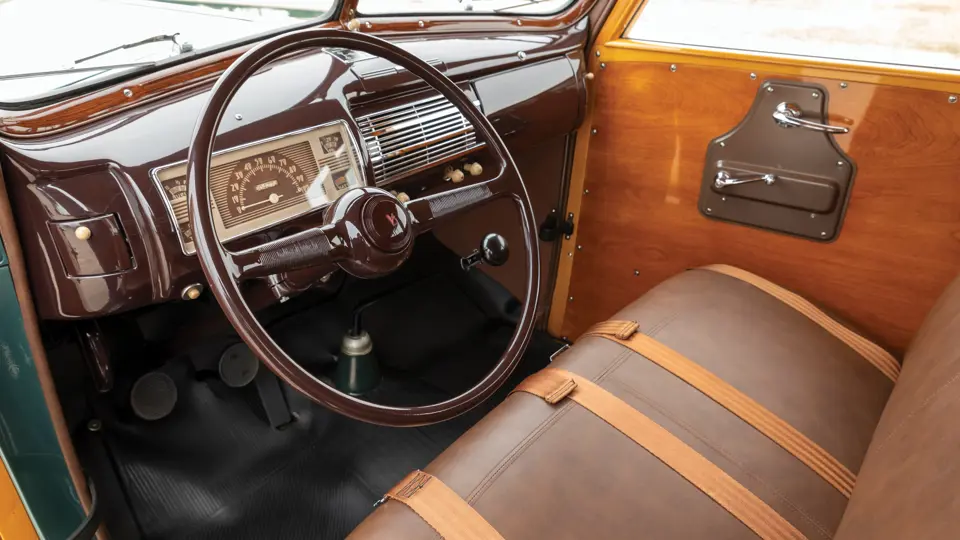

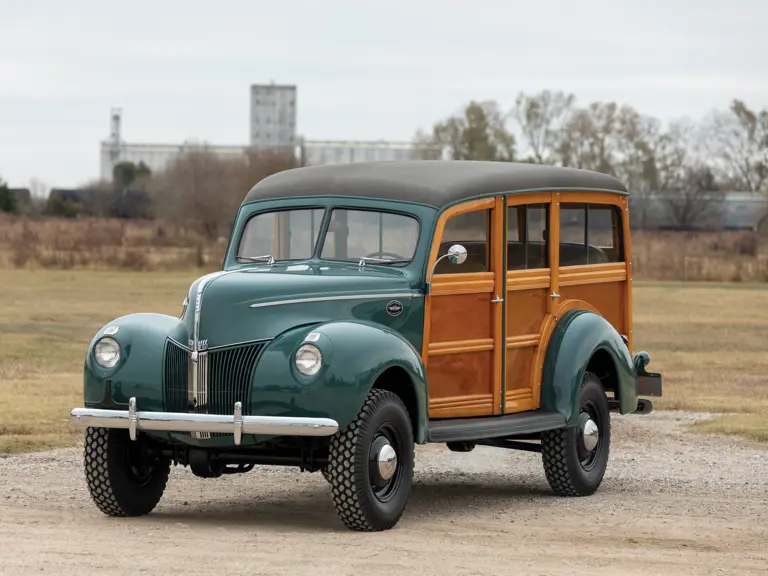

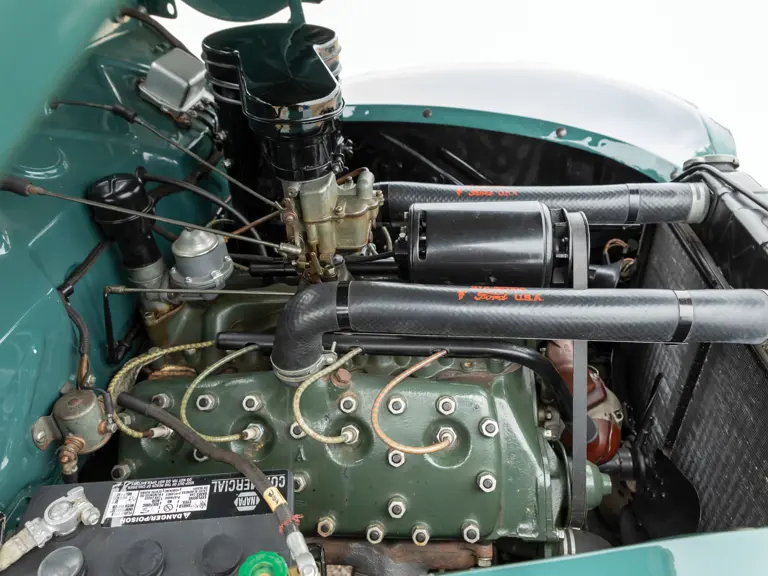
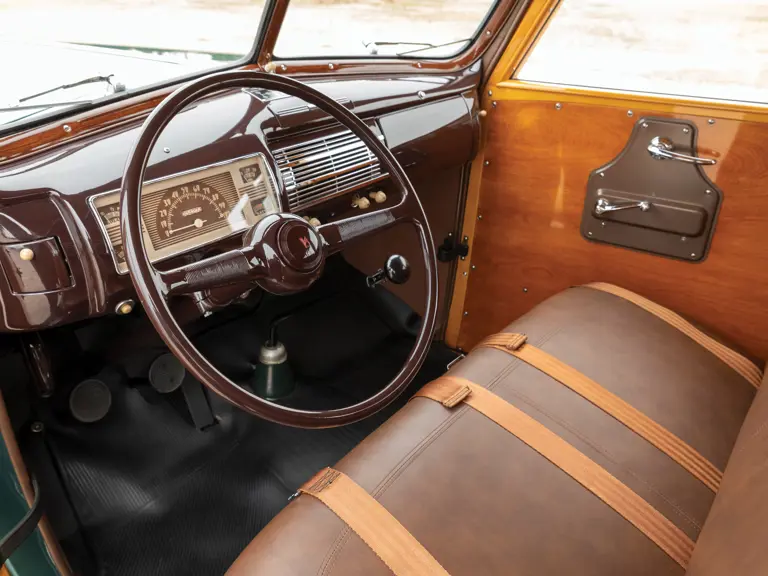
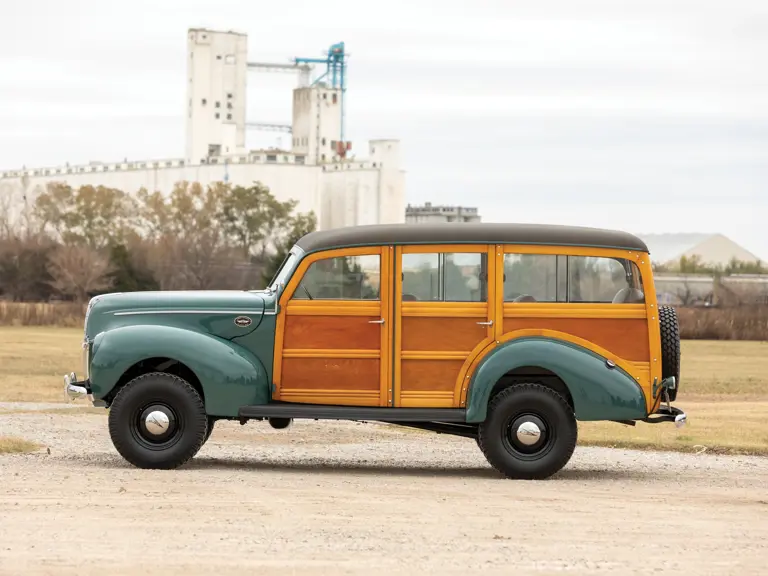
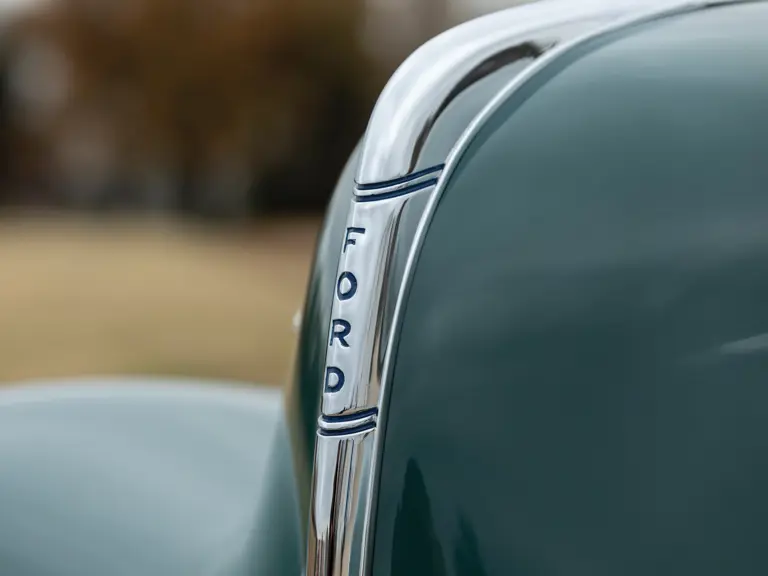
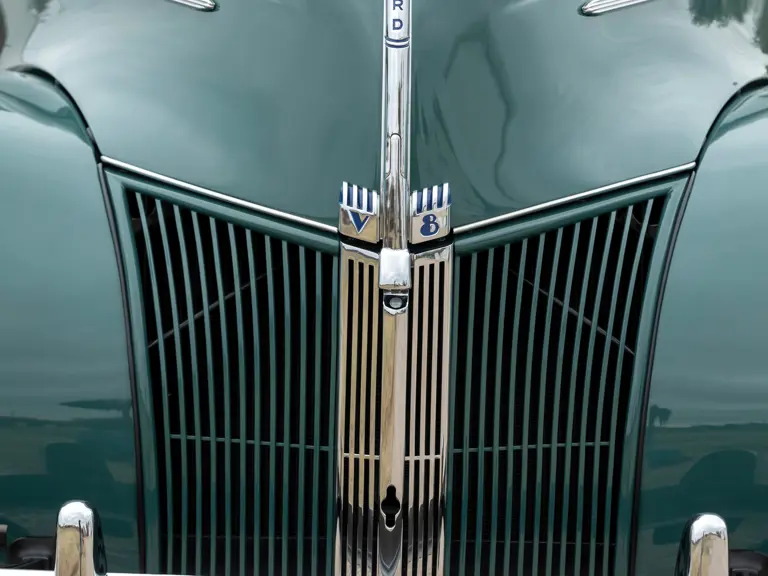


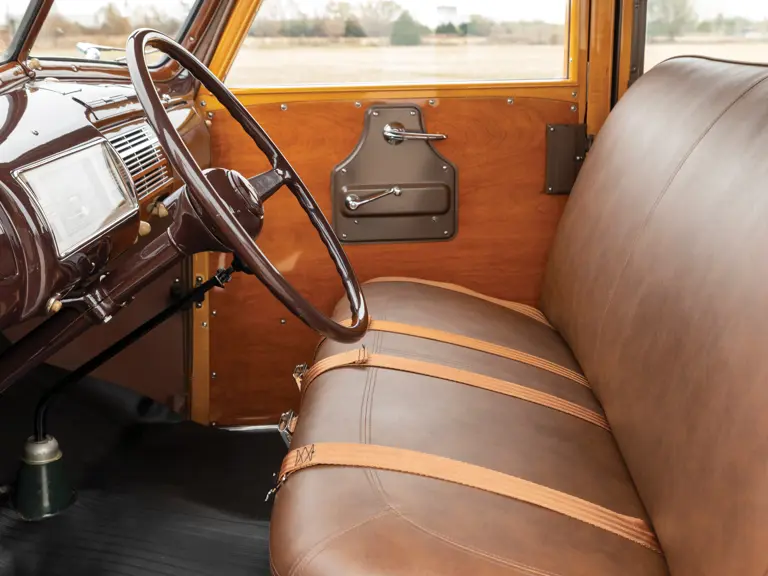
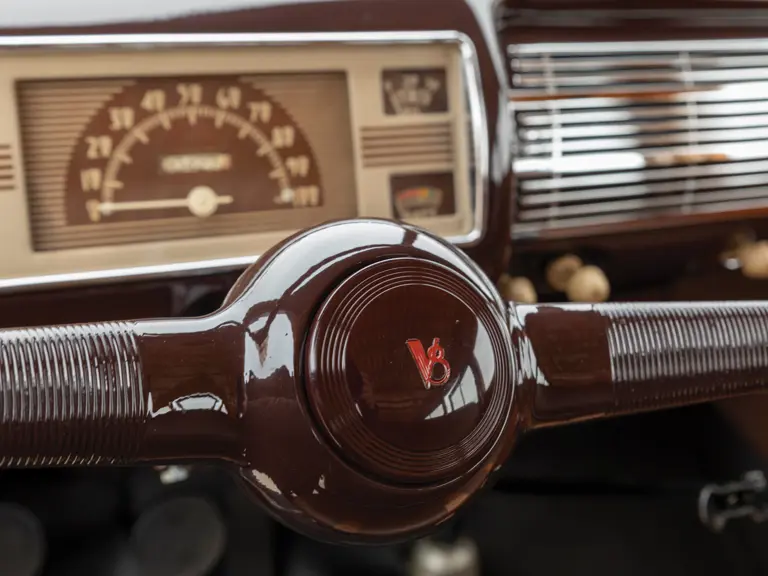





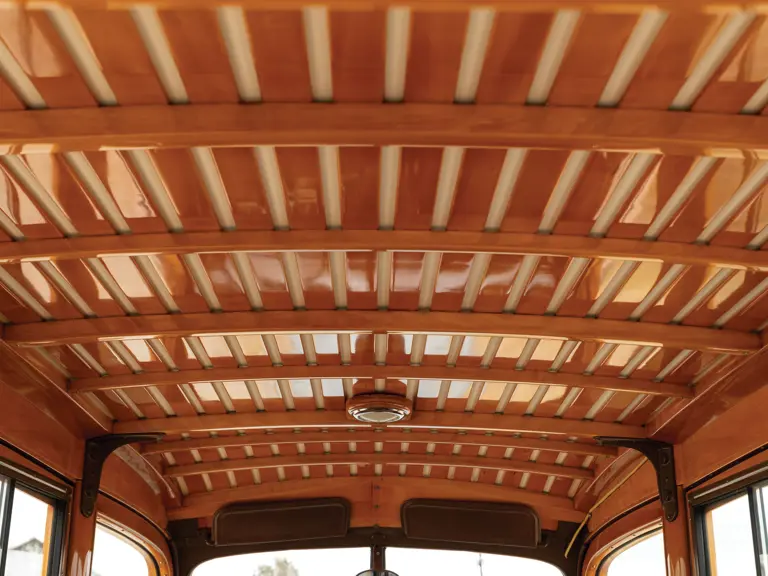
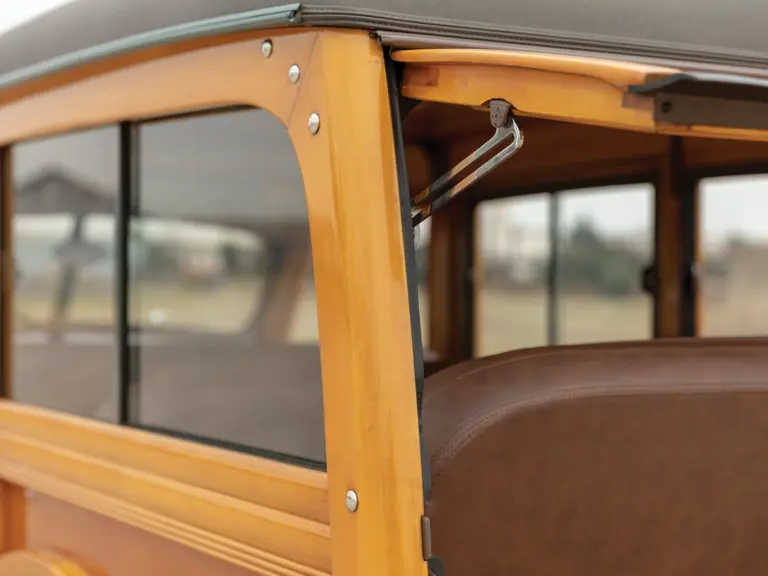
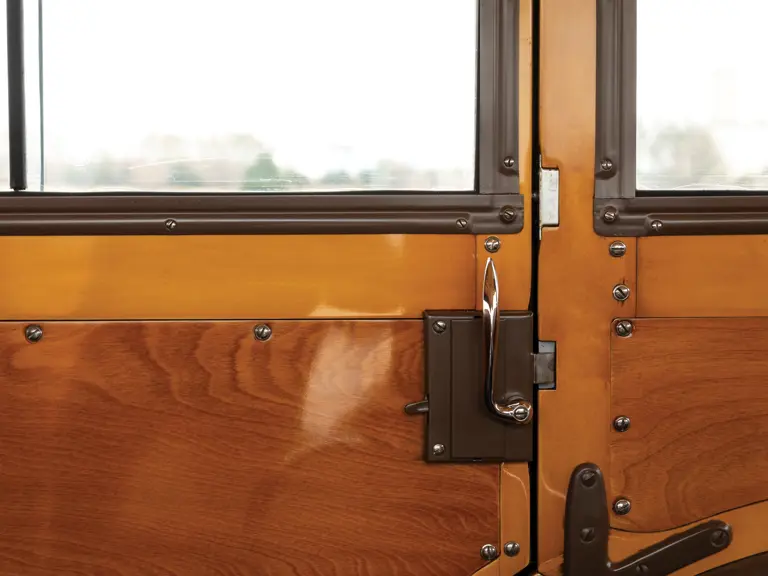
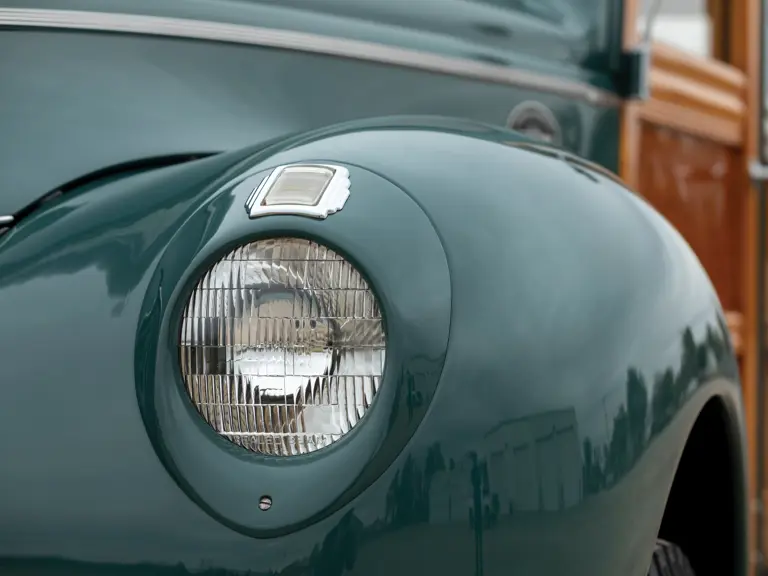
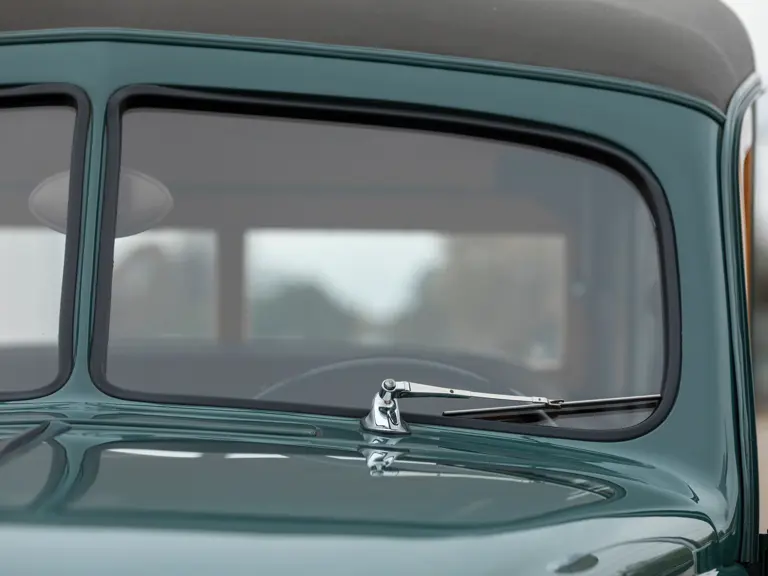
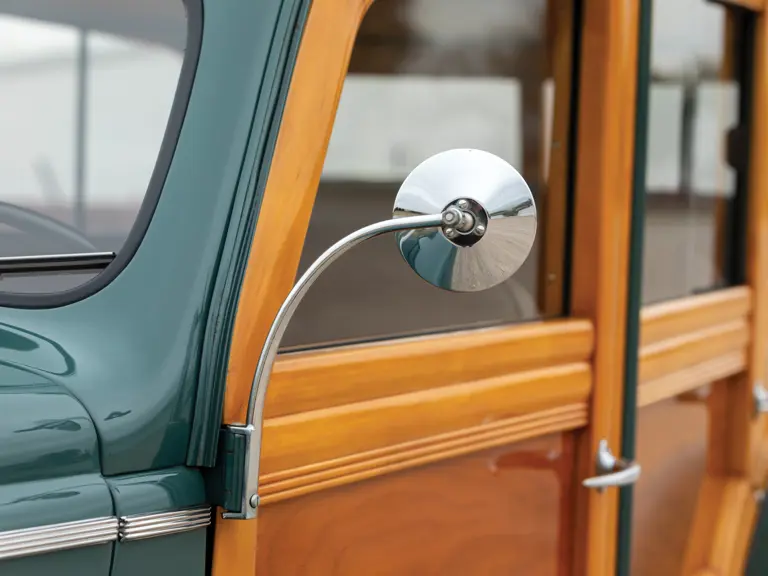
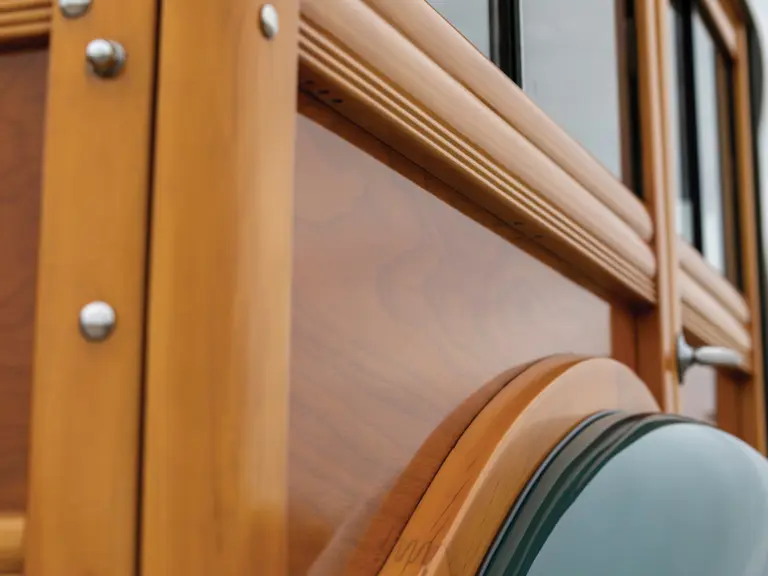
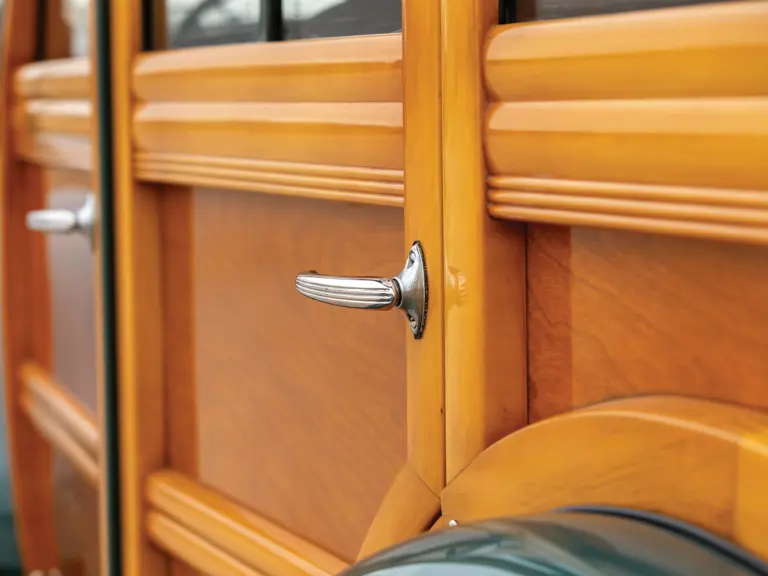

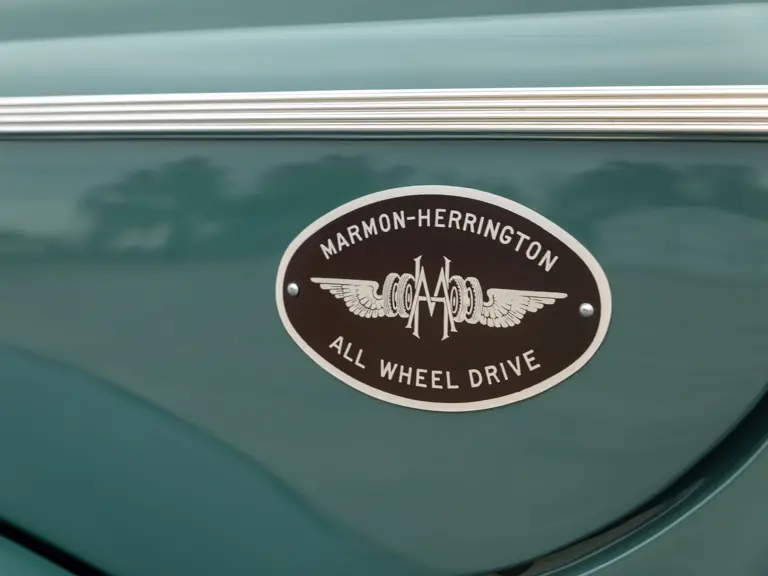
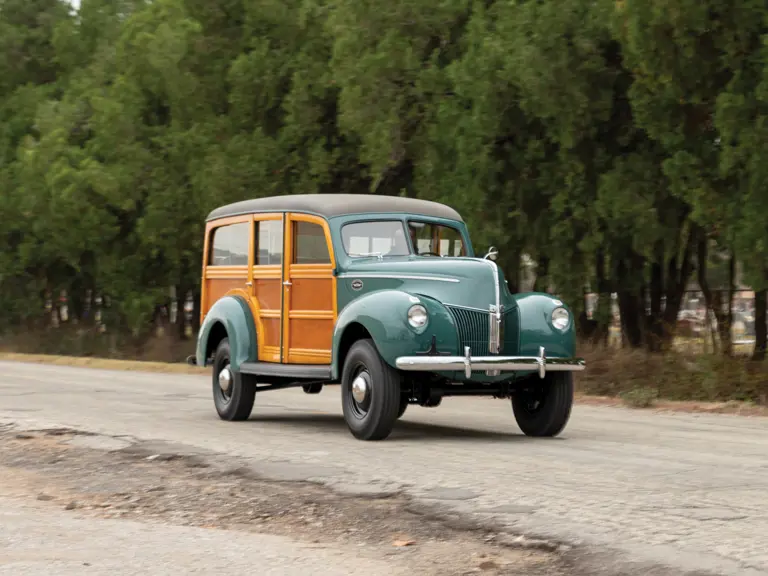
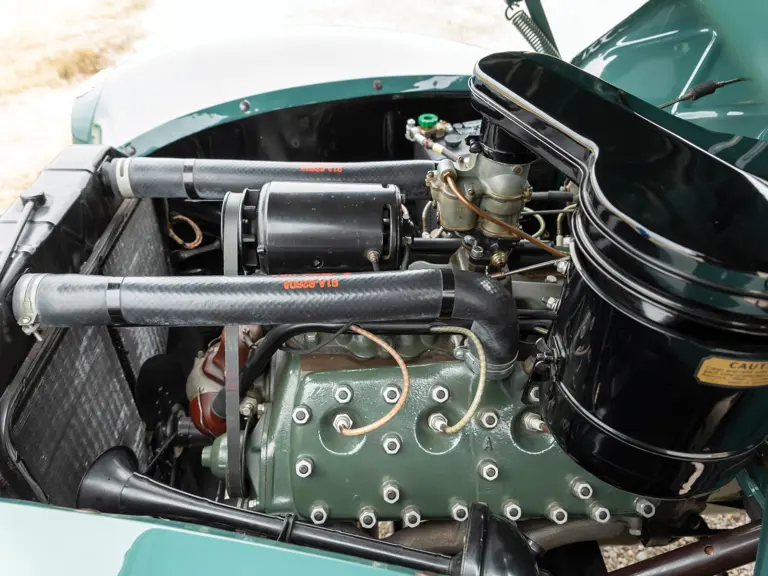

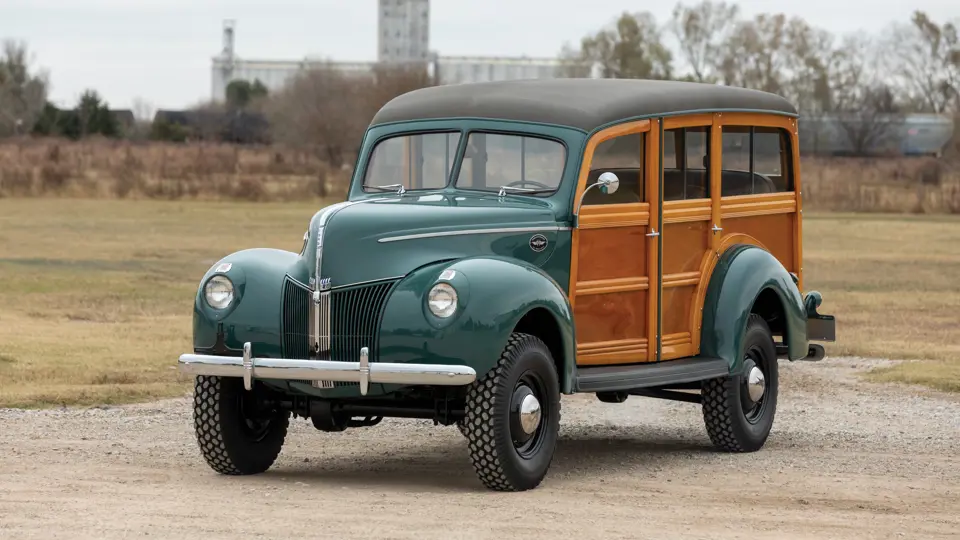
 | Phoenix, Arizona
| Phoenix, Arizona

